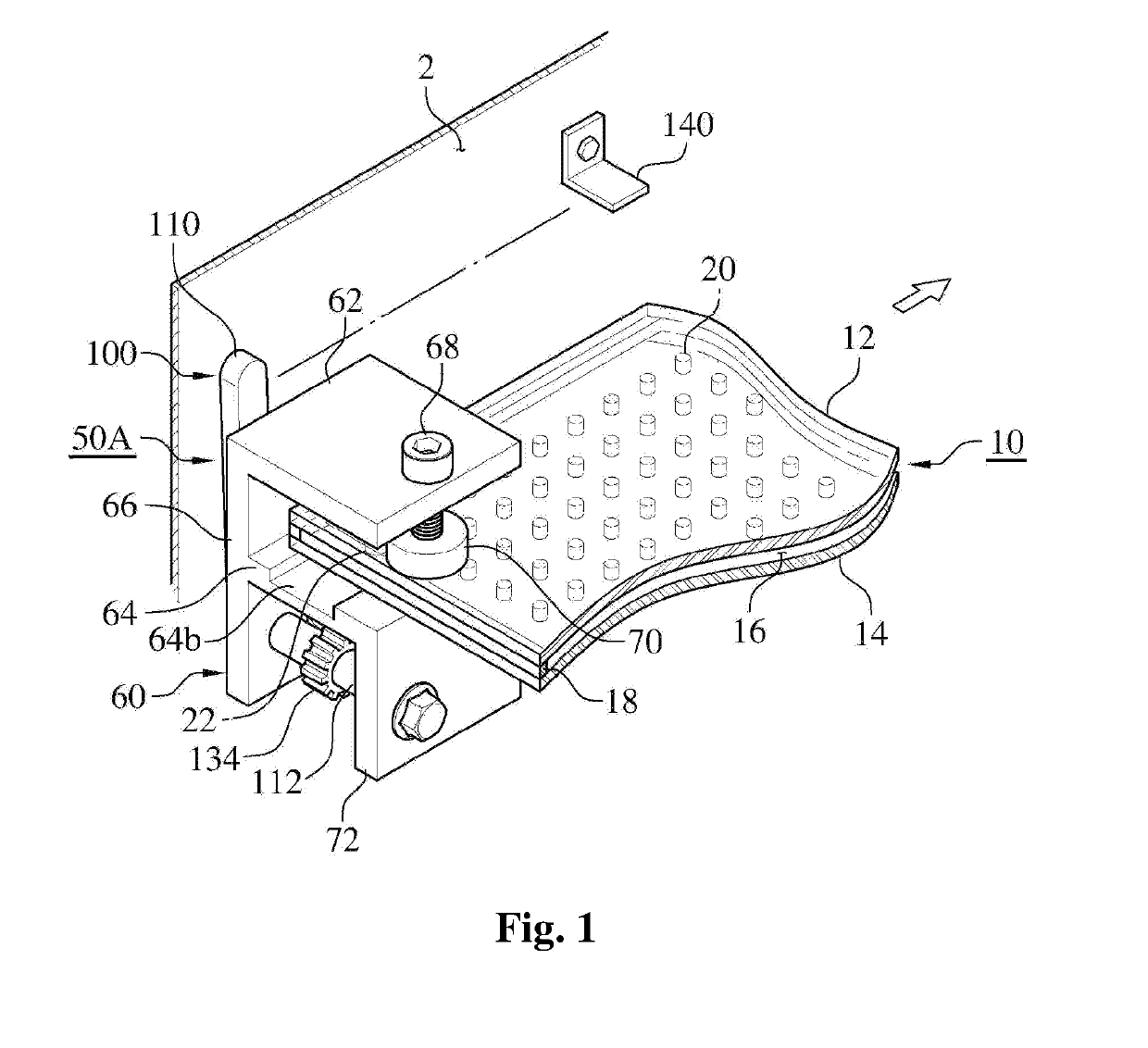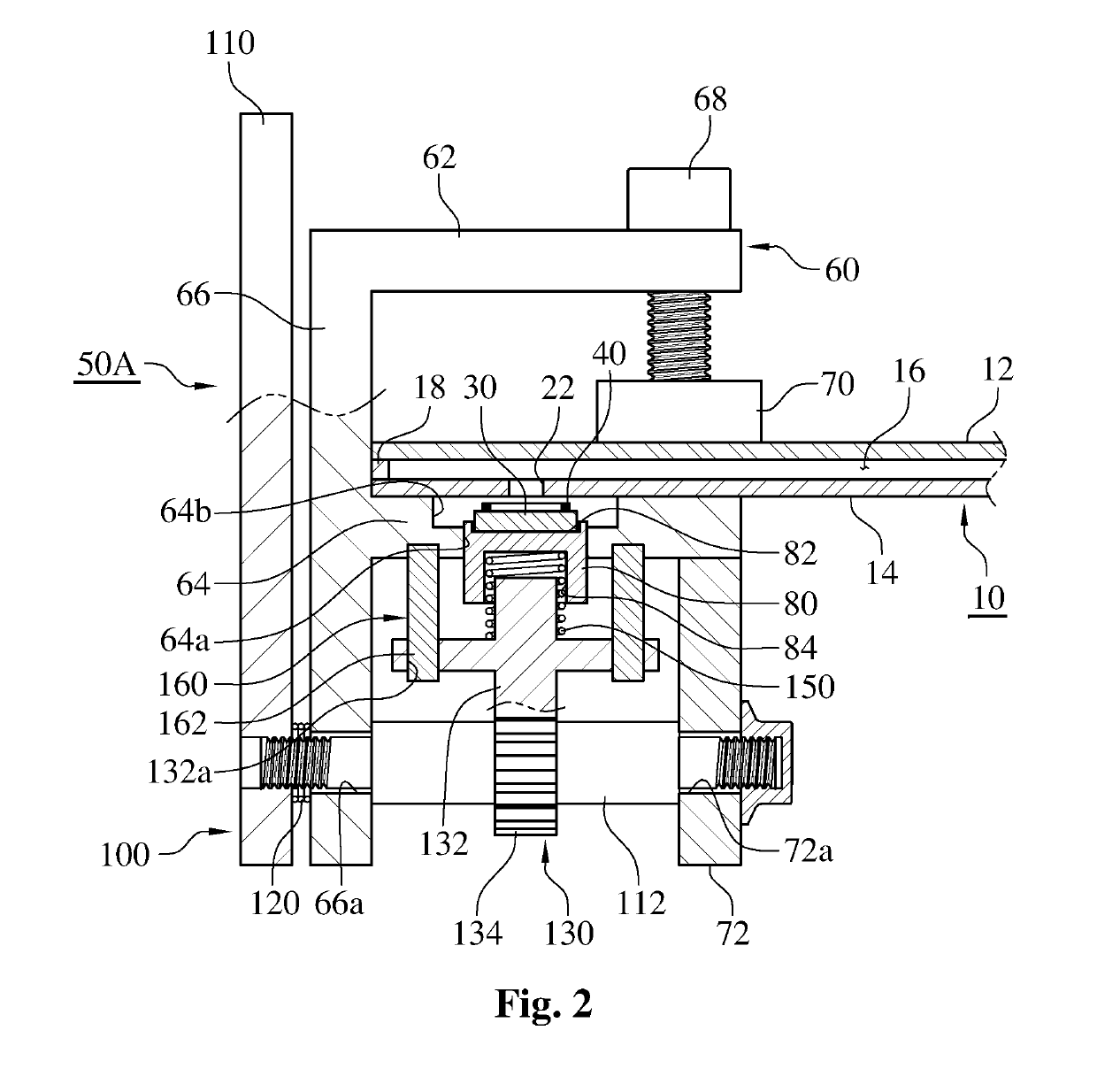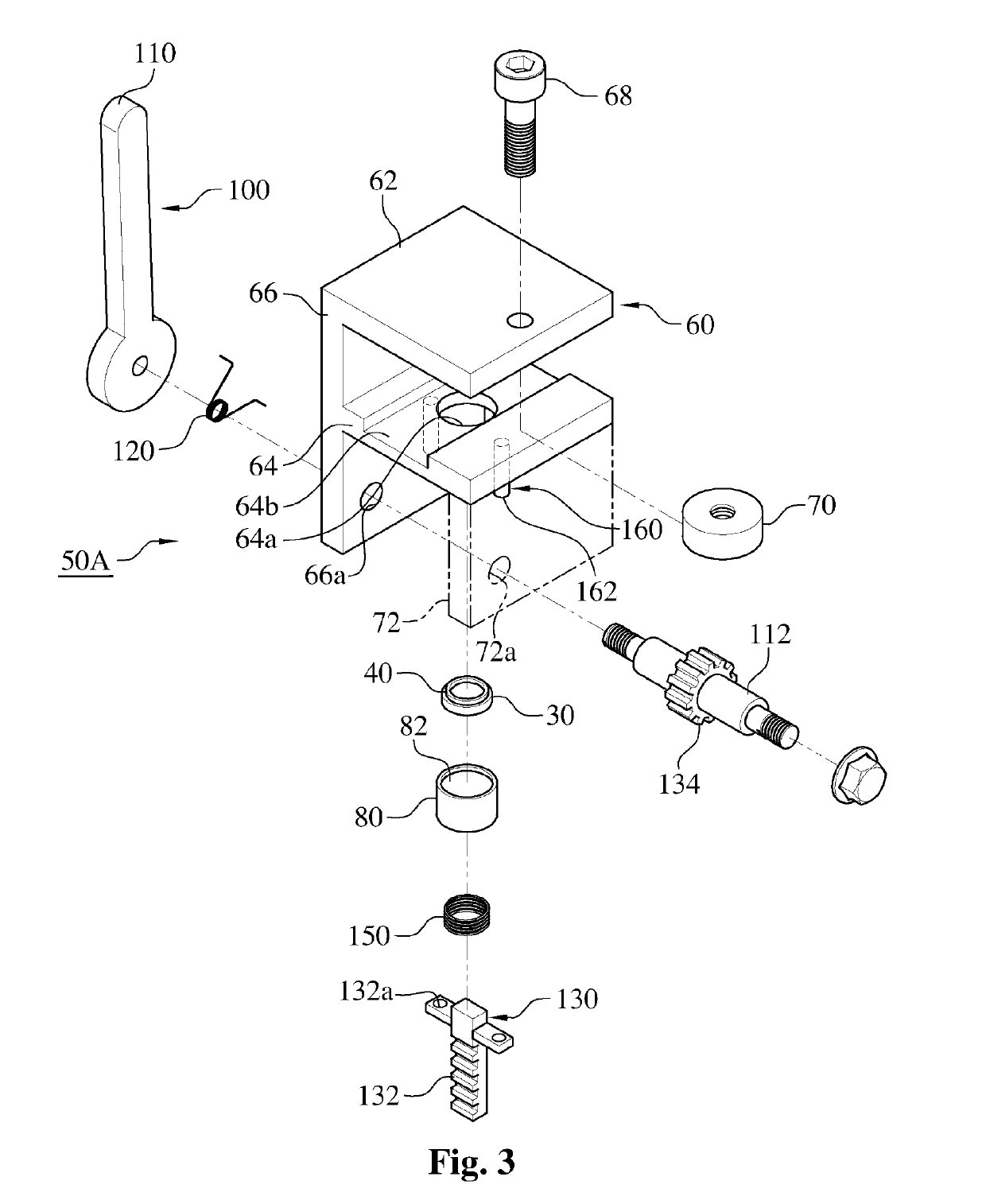Method for manufacturing vacuum insulation glass panel and device for closing sealing cap
a technology of vacuum insulation glass and sealing cap, which is applied in the manufacture of glass making apparatus, glass making tools, and parallel plane units. it can solve the problems of affecting the manufacturing process of vacuum insulation glass panels, and affecting the quality of glass panels. it is easy to set, and the manufacturing process of glass panels of different sizes can be simplified and automated.
- Summary
- Abstract
- Description
- Claims
- Application Information
AI Technical Summary
Benefits of technology
Problems solved by technology
Method used
Image
Examples
Embodiment Construction
[0037]Other objects, specific advantages and novel features of the present invention will become more apparent from the following detailed description of preferred embodiments given in conjunction with the accompanying drawings.
[0038]Hereinafter, preferred embodiments of a vacuum insulation glass panel sealing cap closing apparatus according to the present invention will be described in detail with reference to the accompanying drawings.
[0039]Referring first to FIGS. 1 to 5, there is shown a sealing cap closing apparatus according to a first embodiment of the present invention. Referring to FIGS. 1, 2, 4 and 5, the glass panel assembly 10 includes an upper glass panel 12 and a lower glass panel 14 facing each other in parallel across a gap left therebetween. The edges of the upper and lower glass panels 12 and 14 are sealed by a seal 18, for example, a glass solder, to maintain a space 16 between the upper and lower glass panels 12 and 14 in a vacuum (depressurized) state. In the ca...
PUM
| Property | Measurement | Unit |
|---|---|---|
| thermal conductivity | aaaaa | aaaaa |
| elastic force | aaaaa | aaaaa |
| pressure | aaaaa | aaaaa |
Abstract
Description
Claims
Application Information
 Login to View More
Login to View More - R&D
- Intellectual Property
- Life Sciences
- Materials
- Tech Scout
- Unparalleled Data Quality
- Higher Quality Content
- 60% Fewer Hallucinations
Browse by: Latest US Patents, China's latest patents, Technical Efficacy Thesaurus, Application Domain, Technology Topic, Popular Technical Reports.
© 2025 PatSnap. All rights reserved.Legal|Privacy policy|Modern Slavery Act Transparency Statement|Sitemap|About US| Contact US: help@patsnap.com



